Megan Jenkinson
Second Silence
26 November - 22 December 2009
In her latest exhibition Megan Jenkinson continues her exploration into optical phenomena and the subtleties and complexities of vision, with two new series of works. The fugitive qualities of light are cleverly demonstrated by the use of the lenticular lens, where the image is laminated on to a finely ridged plastic. Colour pulsates and shifts throughout the viewer’s line of sight.
‘The Heavens Opened series of skyscapes attempts to re-invigorate the conception that epiphanies are frequently awakened, or at least accompanied, by an awe-inspiring natural event, or even a sudden re-view of nature. Late Renaissance paintings of dramatic Biblical events such as the apocalypse, crucifixion, deposition, and resurrection were the starting point for this series. In The Heavens Opened, however, the emphasis shifts from the central human drama to the atmospheric backdrop. The skies undergo further shifts as they reverse or change into other vivid or extreme colours. In this way they echo the secondary figures the gestures of which reiterate the emotional content of the scene, and whose brightly coloured clothes act as a counterpoint to the pallid flesh of the dying Christ. Only the colours remain as a lurid afterimage of the emotions of loss and despair.
The Spectrals series is inspired by the Farbenlehreor ‘Theory of Colour’ written by Johann Wolfgang von Goethe in 1810 – in particular his writings on fugitive colours and transient visual effects. Some of these effects he called ‘physiological’, for they are created by the influence of colour and light on sight, which results in phenomena such as afterimages. Other effects he described as ‘physical’ which includes auras created by certain lighting conditions. Goethe described these effects in great detail and his descriptions follow his dictum that Nature is best understood through close observation.
By making afterimages manifest in visual form they become more substantial and lasting than they are in reality. We are able to see them as visual delights instead of irritating deceptions. However I am also aware that the elusiveness of the afterimage is what makes them so alluring, which is why the lenticular print process is so suited to these works, for such images can similarly never be fixed.
The Atmospheric Optics series draws together two parallel paths. First, an interest in the visual qualities of unstable, atmospheric effects such as mirages and the Aurora Australis phenomena, and second the exploratory and scientific descriptions and analyses of such effects. On the one hand the assertively objective view of science setting out to explain the world. On the other hand the unique, strange, and unworldly experience of a monochromatic and uninhabited landscape, that just when it is at its darkest and most lifeless, in the middle of the Polar night, it is lit up by the visually spectacular explosions of celestial colour. ‘[1]
- Megan Jenkinson 2009
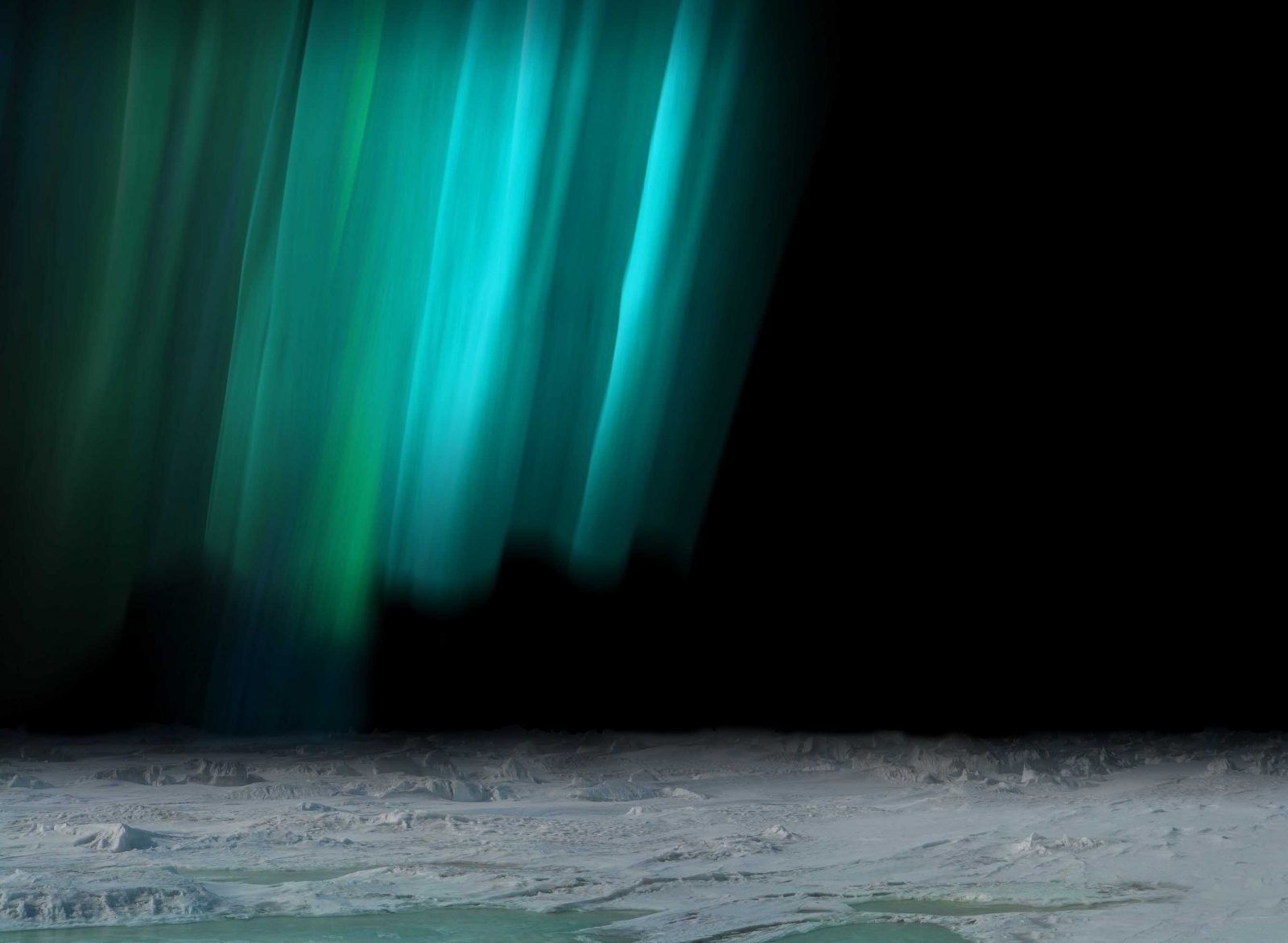
Digital Lenticular Print
900 x 1200 mm
Edition of 5
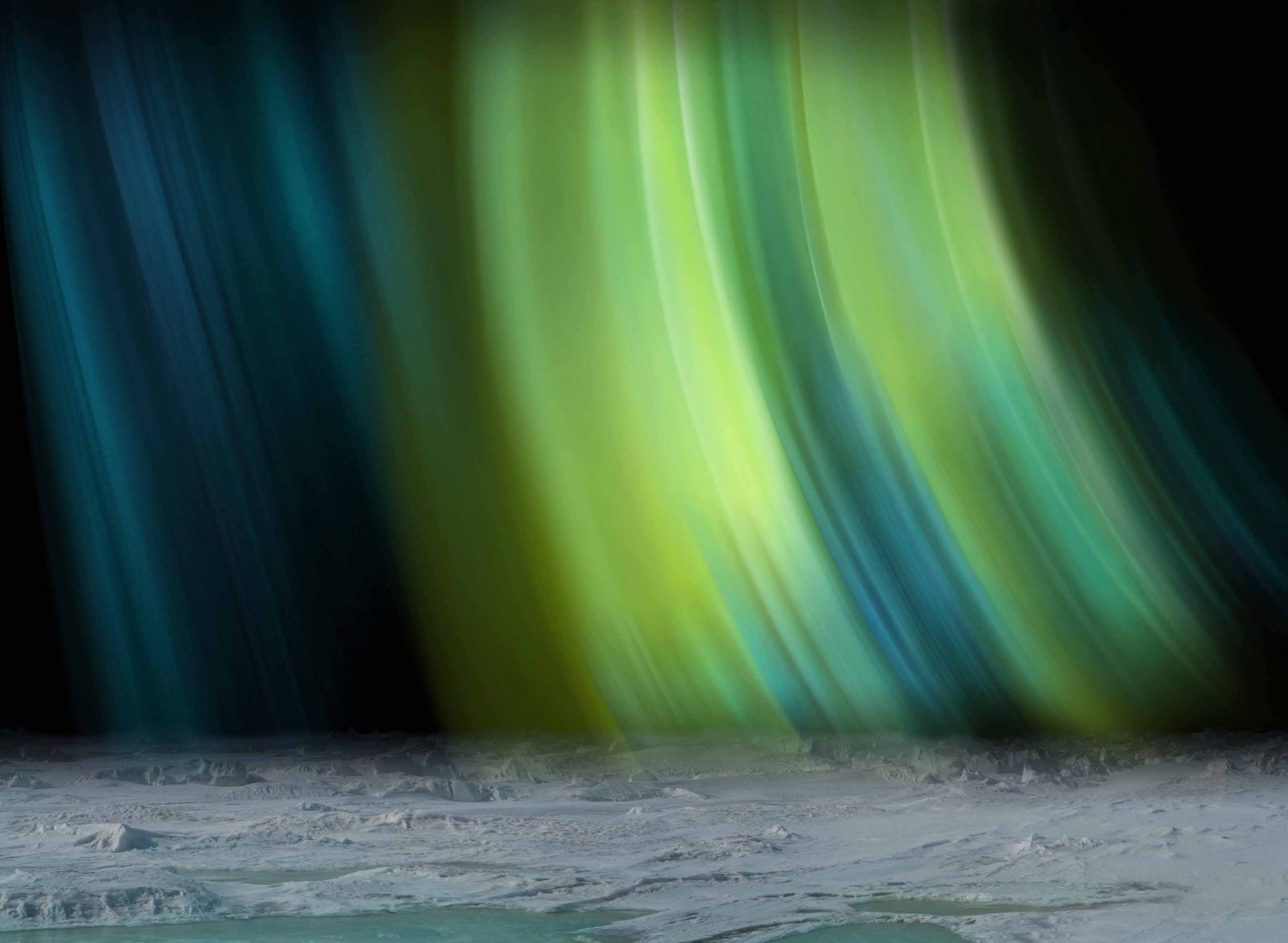
Digital Lenticular Print
900 x 1200 mm
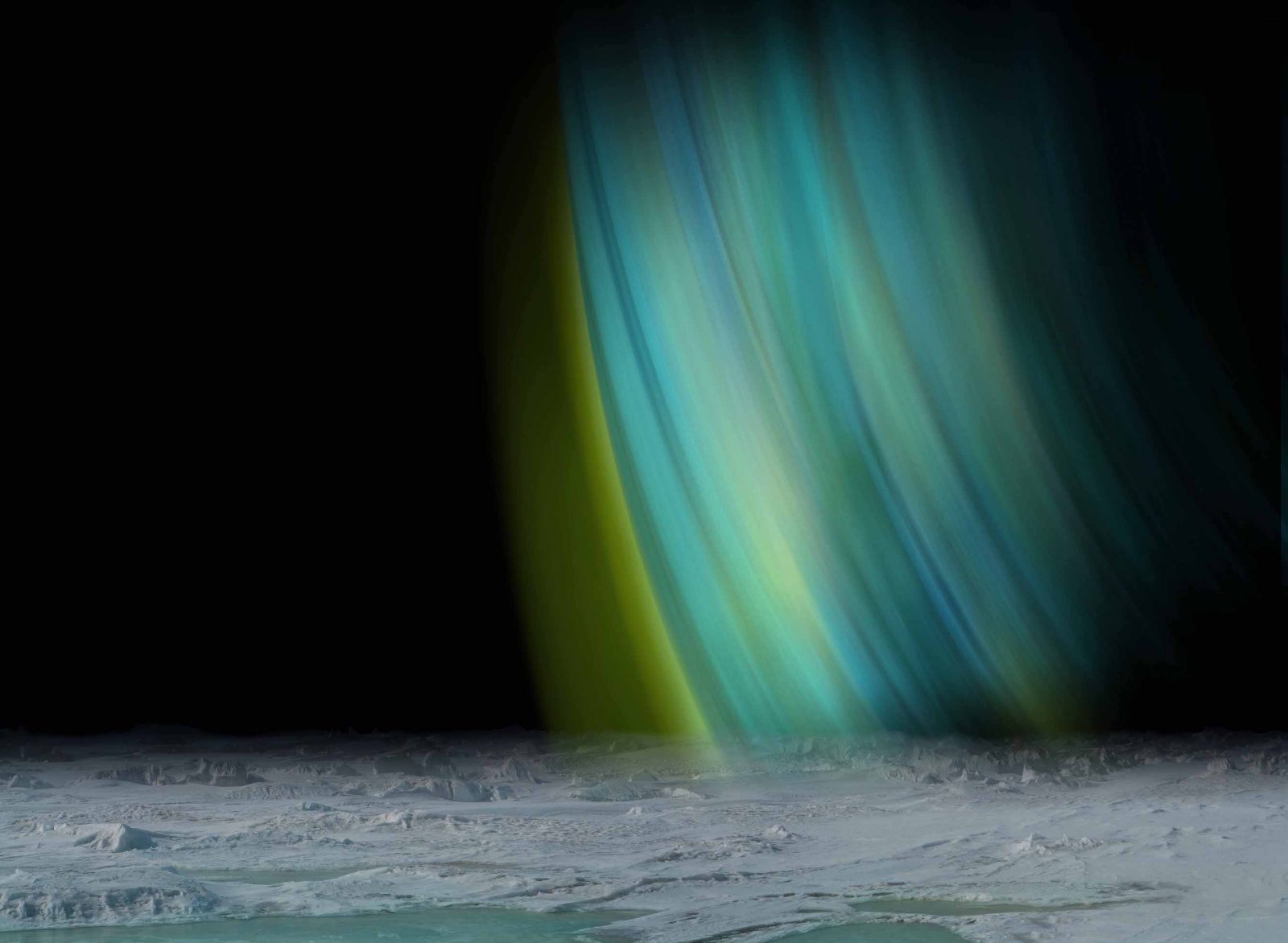
Digital Lenticular Print
900 x 1200 mm
Edition of 5
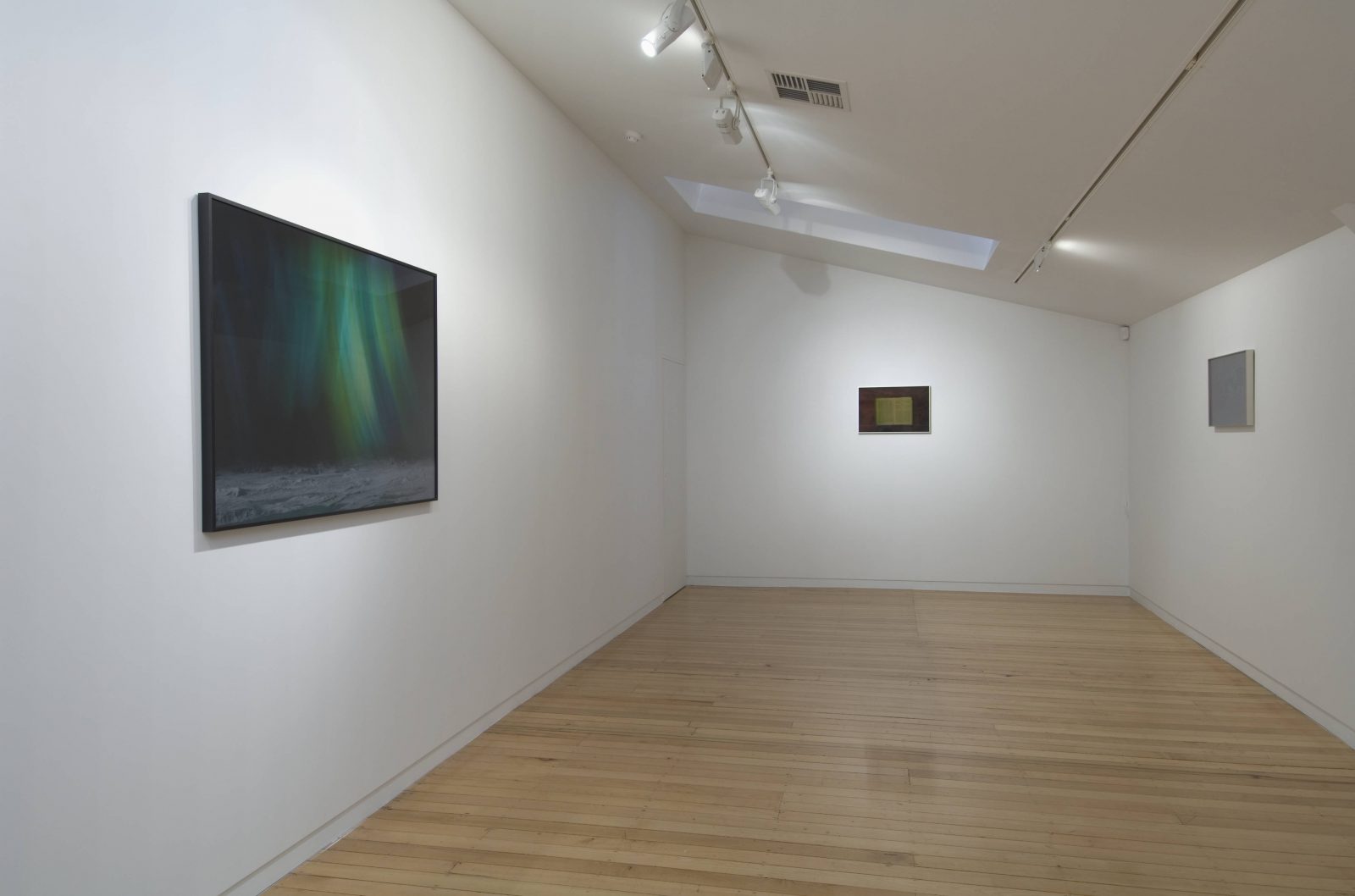
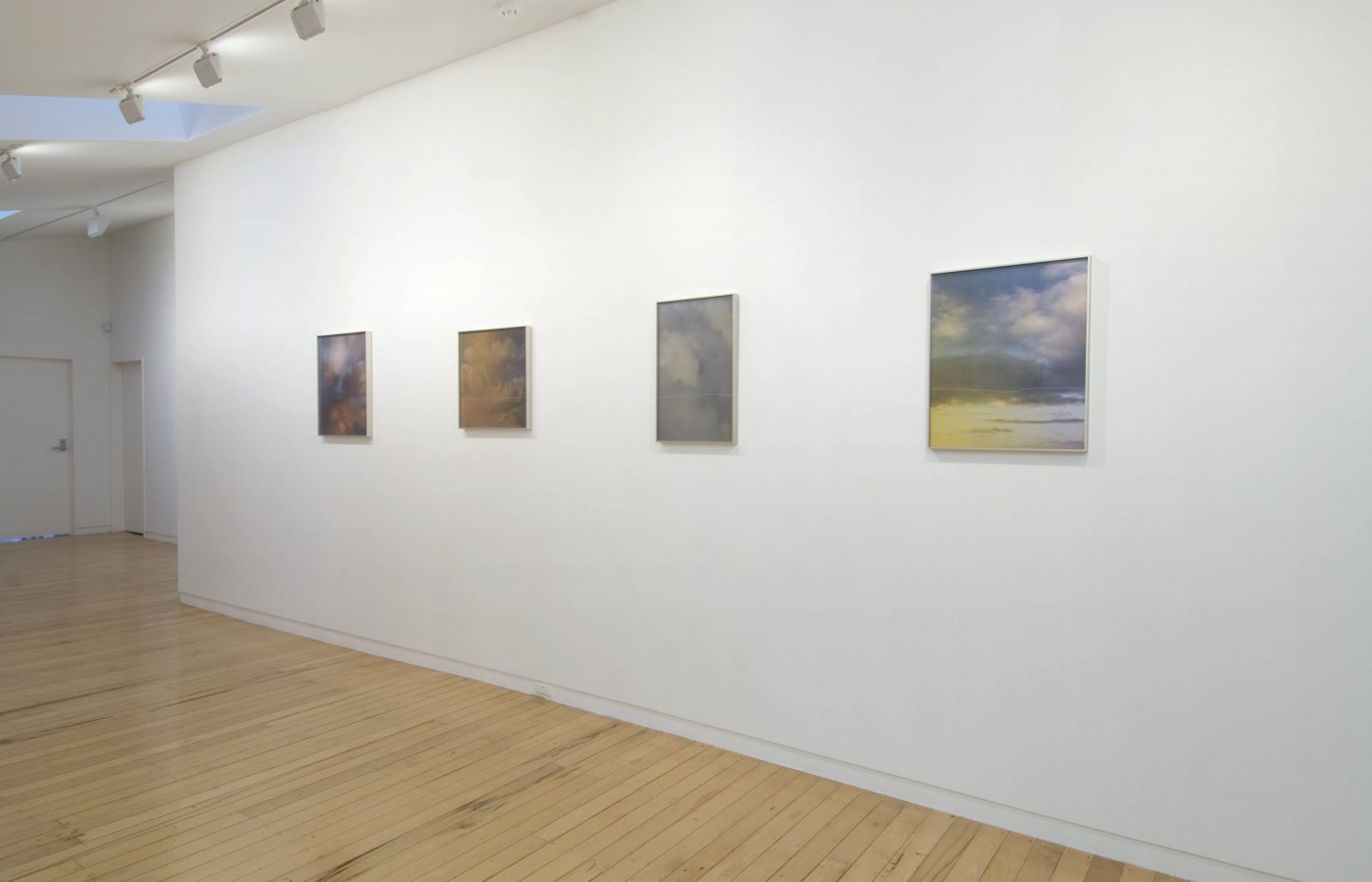
The Heavens Opened series 2009
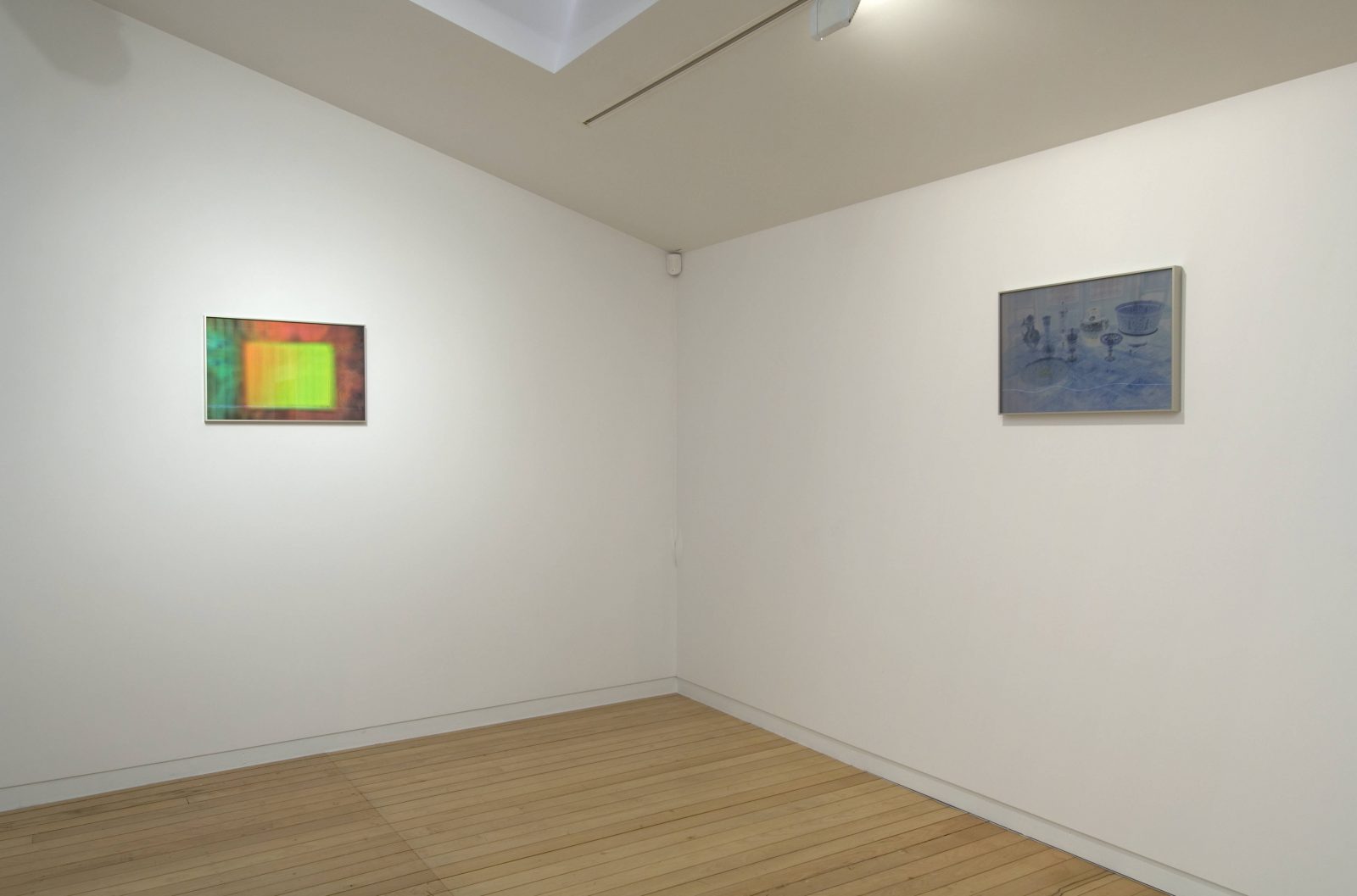
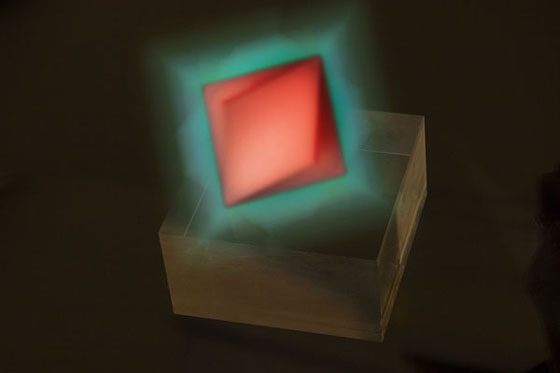
Digital Lenticular Print
400 x 595 mm

Digital Lenticular Print
400 x 595 mm
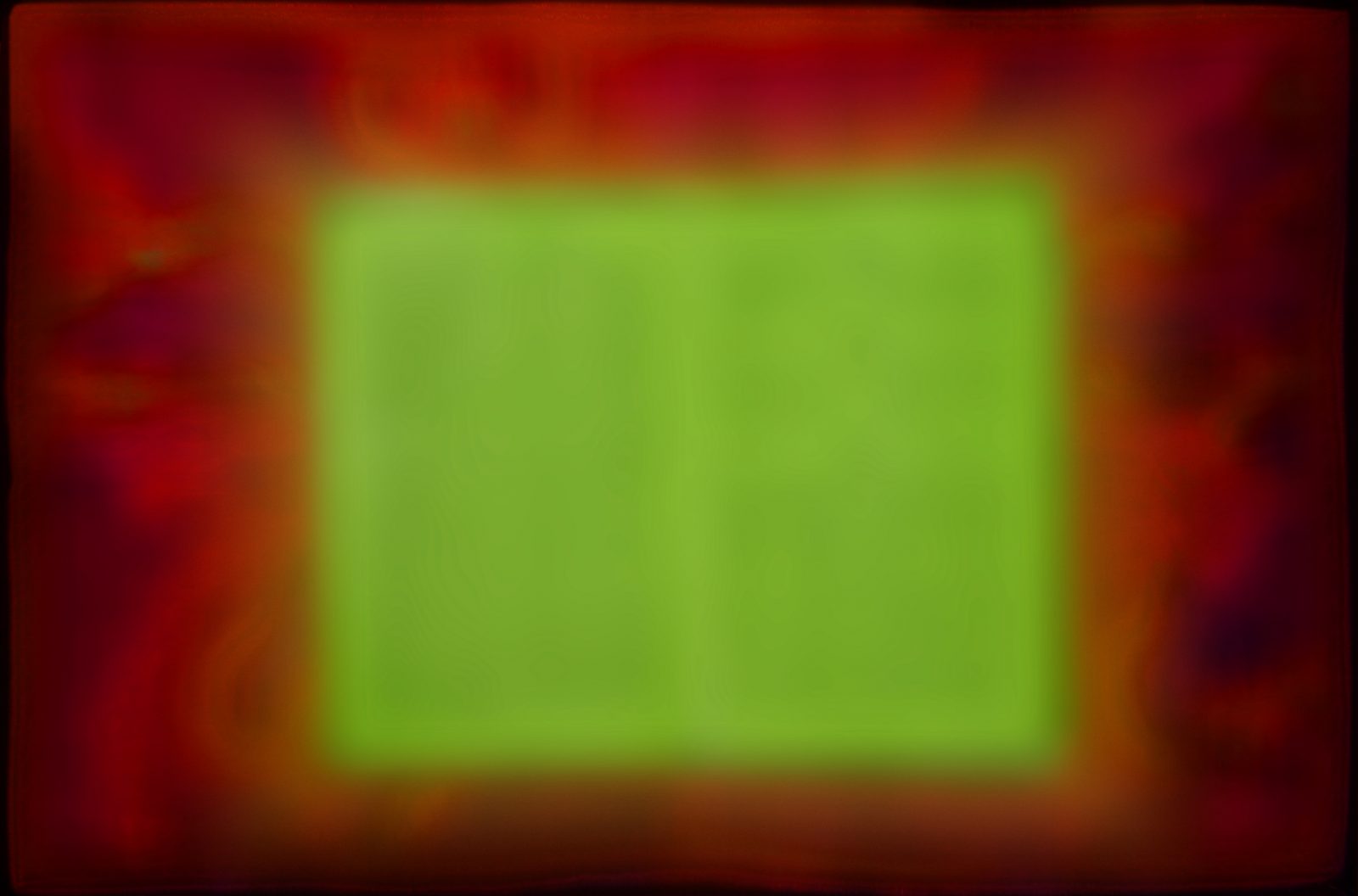
Digital Lenticular Print
400 x 595 mm
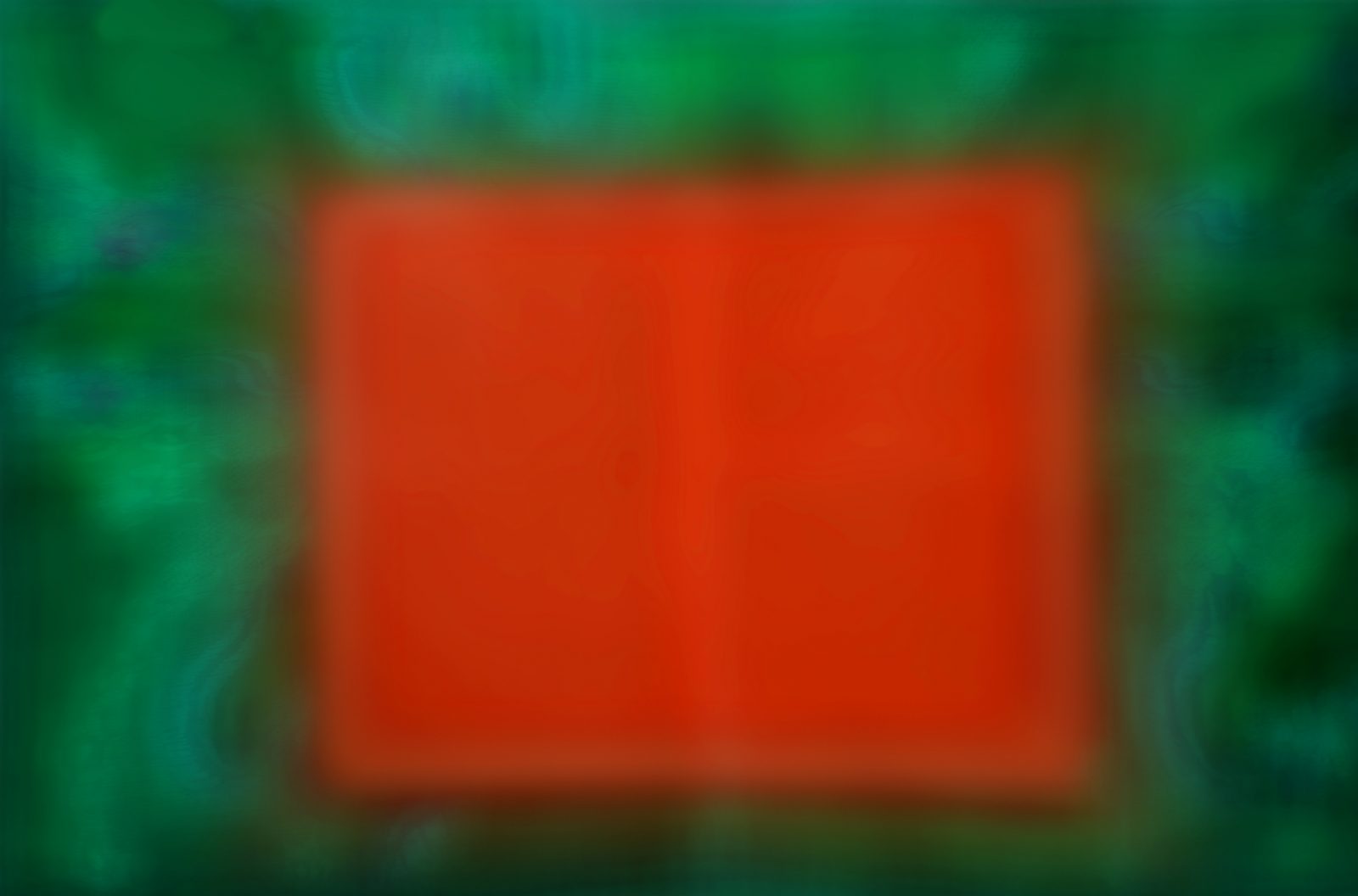
Digital Lenticular Print
400 x 595 mm


Digital Lenticular Print
400 x 595 mm